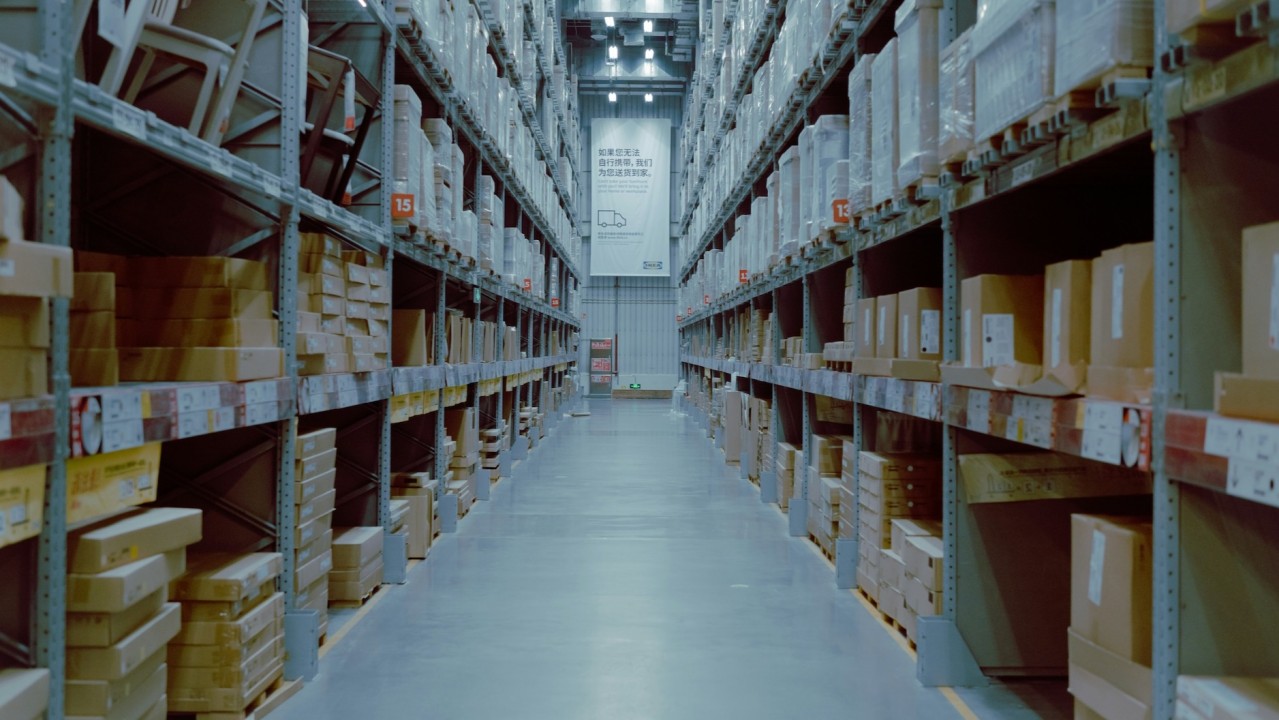In a recent article on CIO Dive, The state of AI across 5 industries, I read that “retailers now have a call to action to use AI. They want to improve middle and back-office functions, including improved financial forecasting and supply chain management.”
This article resonated with me quite well, as it coincided with my recent panel at last week’s BGSA Supply chain conference. The panel “Managing Technology in This Era of Disruption” covered how to leverage new technologies like artificial intelligence and advanced analytics so companies can enable customer success strategies. Fascinating topic on its own.
While on the panel, we touched on technology, measures of success and how to enable a strong supply chain in a disrupted market challenged by Amazon. Navigating through market disruption can be complex and usually requires a long game plan. However, as I usually see the glass half full, I shared my belief that as the market evolves and transforms, it will also innovate and enable.
To succeed, I urge our customers to drive forward, with an eye on the goal, but be patient and leave space to stretch and grow. I shared with the audience 4 key principles to success based on the work we do with our customers and what I see works and what doesn’t.
1. Don’t wait. Do something.
The market is shifting in front of your eyes and time is not on your side. Take a look around you. Crowdsource is expanding rapidly. Uber Freight is growing, bringing advanced technology and new business models to a traditional industry. Amazon has built Flex and is now getting into parcel delivery. Marketplaces are everywhere, offering exceptional customer experience at scale that no one else can. And, they all take your customers, your data and your revenue. It’s already a new era and the gaps are growing. You as an organization must evolve with it or you will fall too far behind.
2. Don’t try to do it yourself.
There is a tendency for companies to believe in their ability to build it themselves. This has to change. Your 10,000 hours of experience is in running your business and not necessarily building technology. Without vast market experience and subject matter expertise, you will lack the deep product vision of how great technologies work. It will cost you a significant investment, long tedious time and in the end, you will compromise on the results. Most likely you will not develop the game-changing solution you set out to create and with the clock ticking, time to market becomes your competitive differentiator.
3. Don’t solve it tactically with point solutions.
Patching point solutions together, upgrading them and then maintaining them to get the value you so quickly need will be more costly and time-consuming. Not to mention that you most likely will not meet the bar that the market and the new tech solutions have created. You might come to realize that you are right back to where you started, siloed solutions that cannot optimize across the full supply chain.
4. Solve it strategically with a view into the future.
Raise your head high above the water, look far into the horizon. Define what great looks like, assess your supply chain maturity, and create a plan on how to cover the gaps. Go beyond traditional solutions to a technology platform approach across your supply chain processes, partners and people. A future proof system that can evolve with your business to address the needs of tomorrow and not just the needs of today. Trailblazer yourself to success and don’t take shortcuts.
Today, both fortunately and unfortunately, everyone is feeling challenged by new supply chain disruption brought on by the new Age of Amazon and your customers’ growing expectations. So, while everyone is impacted, the market is quickly coming together to help solve these complexities. Take advantage of the combined power of the market, steer your company back to safe water and taking control of your supply chain.



